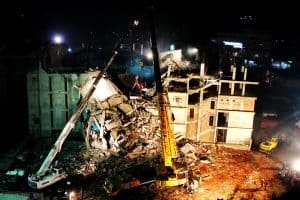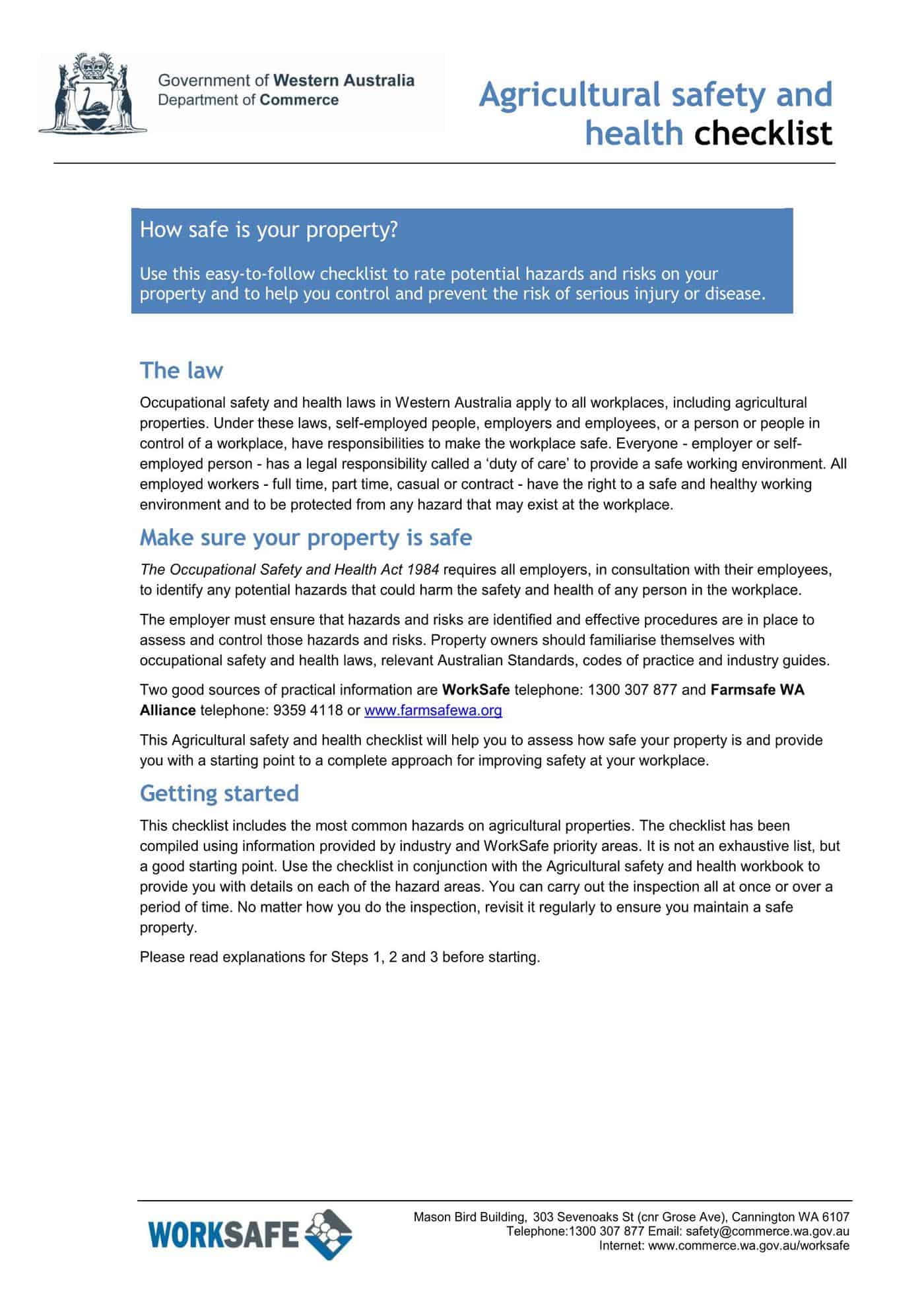This week Australia has been experiencing a safety roadshow built around the Deepwater Horizon movie and two guest speakers. The afternoon sessions have been well attended and the discussion fruitful but does the film improve the viewers’ understanding of safety or misrepresent it?
Continue reading “Is the Deepwater Horizon movie good for safety?”



 Occupational health and safety (OHS) law in the United States has little impact on that of any countries outside of North America. But the response to those OHS laws by US and multinational companies indicates corporate approaches to workplace safety and this can spread round the world. The anticipated strategy to worker safety under the Presidency of Donald Trump is expected to be harsh, if he attends to it at all.
Occupational health and safety (OHS) law in the United States has little impact on that of any countries outside of North America. But the response to those OHS laws by US and multinational companies indicates corporate approaches to workplace safety and this can spread round the world. The anticipated strategy to worker safety under the Presidency of Donald Trump is expected to be harsh, if he attends to it at all.

